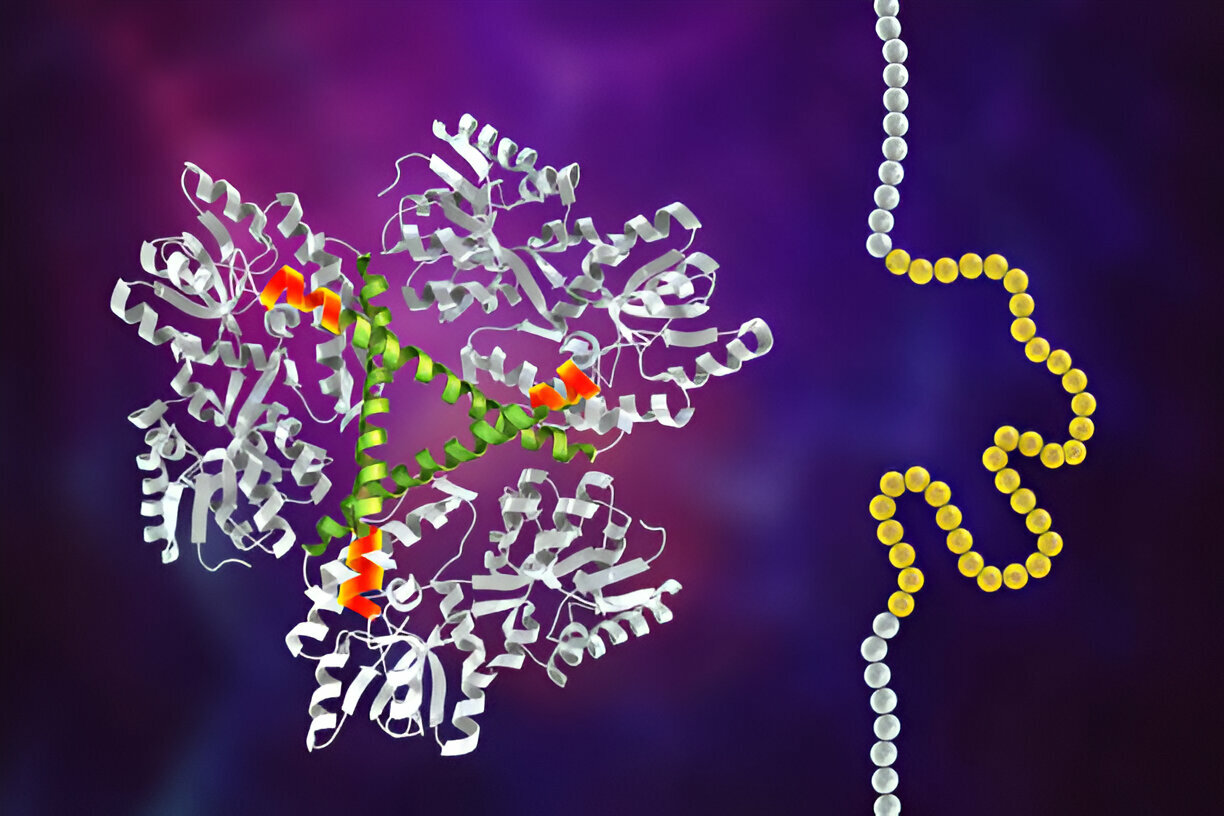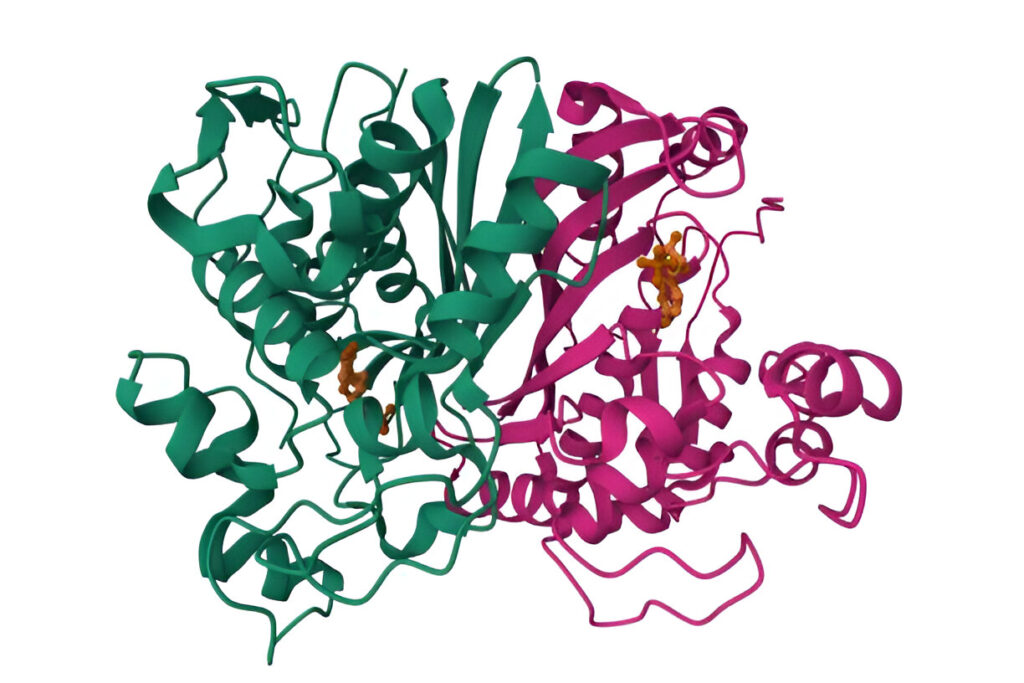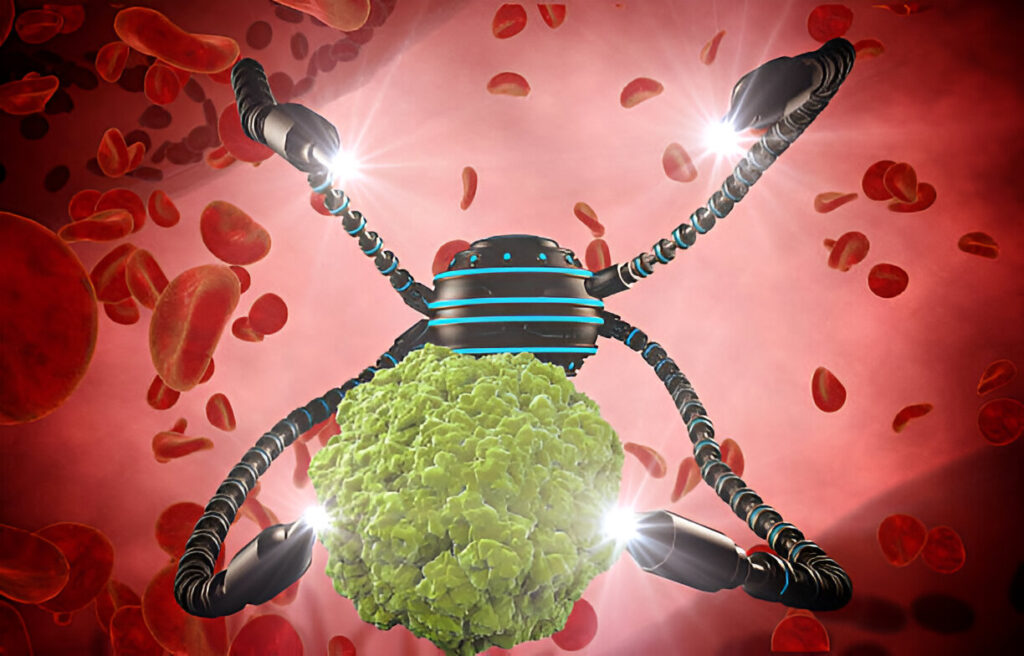Pyruvate Kinase Deficiency (PKD) is an autosomal recessive condition that disrupts energy production in the body. It occurs as a result of mutations to the PKLR gene, which is responsible for producing the pyruvate kinase enzyme that regulates red blood cell metabolism. Genetics is thus an integral field for understanding essential characteristics within one person’s body.
Pyruvate Kinase in Red Blood Cells
Individuals should become familiar with the genetic factors related to Pyruvate Kinase Disorder to live a healthier life by reading up on its significant roles within their bodies. Glycolysis is the metabolic pathway which catabolizes glucose into energy; its main enzyme, pyruvate, plays this function; glucose energy provides an energy source to erythrocytes without nuclei without mitochondria capable of turning this food source into energy, in turn providing a source for their existence as the only source for energy production.
When energy is not abundant, red blood cells can become fragile and be broken down before their time, which, in turn, results in hemolysis, a known phenomenon. Therefore, the most recurrent pyruvate kinase deficiency symptoms, such as hemolytic anaemia, jaundice, and fatigue, derive from this.
The Basis of Pyruvate Kinase Deficiency
PDK is caused by mutations in the PKLR gene, which is situated on chromosome 1. The PKLR gene produces specific pyruvate kinase enzymes in red blood cells and liver cells. Over 300 mutations of the PKLR gene have been identified, leading to reduced enzyme levels and clinical outcomes of varying severity.
Genetic Defects in the PKLR Gene
The PKLR gene has different mutations, which include the following.
- Hypomorphic mutations: These are the most well-known types, which are mainly due to changes in one amino acid. Such alterations mostly affect the structure and functioning of the enzyme since it is not stable enough.
- Nonsense mutations make up a stop codon that is too early, leading to incomplete and non-functional proteins.
- Splice-site mutations: These mutations change the normality of mRNA by altering the splicing process, thereby leading to faulty enzyme synthesis.
The exact troublemaker gene changes disease severity. Different mutations cause their zero activity level, or common changes can reduce activity.
Mode of Inheritance
PKD is an autosomal recessive disorder. When a person inherits a single faulty gene, they are a carrier and does not show any symptoms. However, it is possible to have less pyruvate kinase activity. Hence, parents of children health with PKD should take extra precautionary measures.
Genetic Diversity and Population-Specific Variations
The prevalence of specific PKLR mutations among different populations is not the same. For instance:
- A mutation R510Q is typical among every nation in Northern Europe.
- The 1529A mutation is frequently observed in individuals of Asian descent.
These regional dissimilarities are due to some of these mutations being selected to resist local infections such as malaria. The same is true for sickle cell disease, a condition that may also provide resistance to the malaria parasite.
Diagnosis and Genetic Testing
Because of the genetic origin of PKD, molecular tests are crucial to diagnosing the disease. As a part of genetic testing, sequencing the PKLR gene is performed to detect the presence of specific mutations. This is especially useful in:
- Regarding PKD and its relation to other hemolytic anaemias, The possibility of other related conditions causing anaemia can raise doubt, and genetic testing can be beneficial in getting the correct diagnosis.
- Carriers of the diseases: Carrier tests should be mandatory for family planning, even more so in those societies where PKD is more frequent than elsewhere.
- Prenatal diagnosis: In case of pregnancy that may be at risk, genetic testing can be employed to determine whether the fetus has inherited the disease or not.
Genotype-Phenotype Correlation
The genotype-phenotype correlation was mentioned as one of the most interesting aspects of Polycythemia Vera. It is essential to say that specific genetic mutations are associated with the presentation of a disease. In contrast, others are responsible for producing mild and asymptomatic cases.
Factors that influence the genotype-phenotype are:
- Enzyme activity levels: The more harmful the enzyme defects are, the more severe the symptoms will be.
- Compensatory mechanisms: In a few cases, some individuals carry other genes or have other factors that compensate for the decreasing activity of some consecutive enzyme.
- Biogenesis: Factors like stress or infections and pregnancy can worsen the condition, even in persons with milder mutations.
Genetic Counseling for Pyruvate Kinase Deficiency
Genetic counselling is an essential component of PKD management. It gives families insight into the following problems:
- Out on a Limb: It is pretty comfortable to think of it from the side of those who will be at risk of inheriting this from their parents — therefore, we feel they most certainly should be the ones to get tested.
- Limited testing options: The risk carriers and at-risk people should be informed about all the benefits of genetic testing.
- Choices in reproduction: Through such methods as PG preimplantation genetic diagnosis (PGD), we can select specific children to be born with a specific genetic makeup.
Conclusion
The effectiveness of genetic factors in pyruvate kinase deficiency has been demonstrated the most. Mutations in the PKLR gene are believed to be the leading cause of this disease, which determines the severity of the disease and its symptoms. Genetic testing and research have promoted the enhancement of the diagnosis and the development of new therapies helpful for PKD patients. As we understand more deeply the genetics of PKD, the possible treatments become more and more accurate, and ultimately, a cure for the disease becomes more and more likely.




